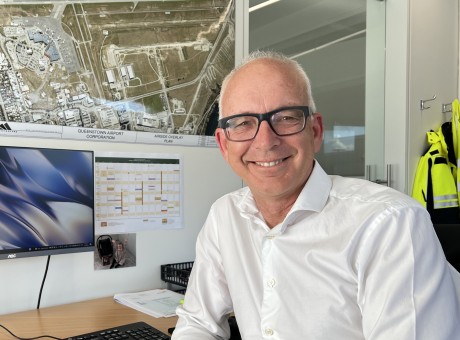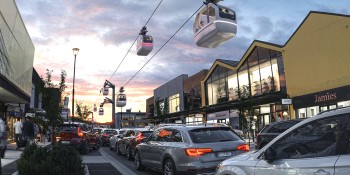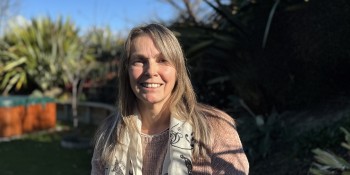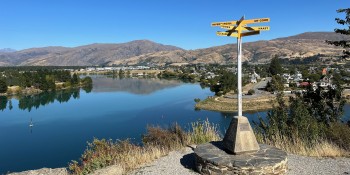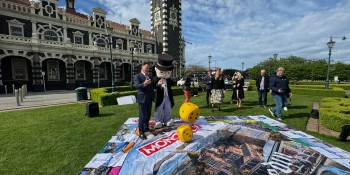Upper Clutha welcomes ORC public transport move

Otago Regional Councillor Michael Laws has helped push through an agreement to provide $250,000 to build a business case for public transport in Wānaka and the Upper Clutha District.
Councillor Laws told Crux, "I'd like to thank the Upper Clutha community board and QLDC for their positive submissions to the ORC's annual plan. The information and advocacy that they provided was vital."
As a consequence of the regional council's decision today, $250,000 will be allocated from the council's general rates to fund a business plan for Wānaka public transport.
The funding had been removed from the council's plans this year.
Councillor Laws says the decision reflects local population trends. "Wanaka/Upper Clutha is the fastest growing ward in the Otago region, followed closely by Cromwell. Neither receive a public transport service but pay for those provided in Dunedin and Queenstown through our general rates. So today's decision is a minor recompense for that levy."
Responding to the news, Upper Clutha Community Board chair Simon Telfer issued the following statement to Crux.
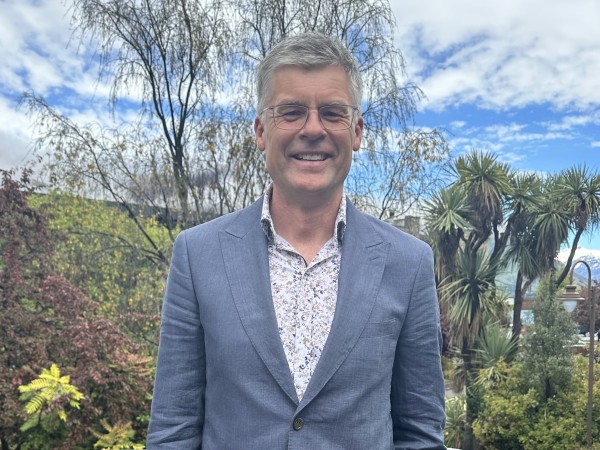
Simon Telfer
"It’s a relief that the increasingly pressing need for public transport in the Upper Clutha has been fiscally recognised by ORC.
"As a key stakeholder the Community Board looks forward to being involved in the scoping of the business plan. We have a lot of transport expertise around our board table.
"As we have noted in previous submissions, we encourage ORC to be innovative in its provision of public transport services including the substantive use of technology and consideration given to collaborating with private sector interests around funding and service delivery.
"We would also like ORC to pay particular attention to Community Network’s learnings, gleaned from the two public transport trials conducted in the ward over recent years.
"Wānaka’s active transport network is evolving quickly and we encourage ORC to recognise this when considering transport solutions for our area. This includes the role active transport can play in the first mile/last mile of journeys and the integration of other forms of personal mobility devices using active transport infrastructure."





